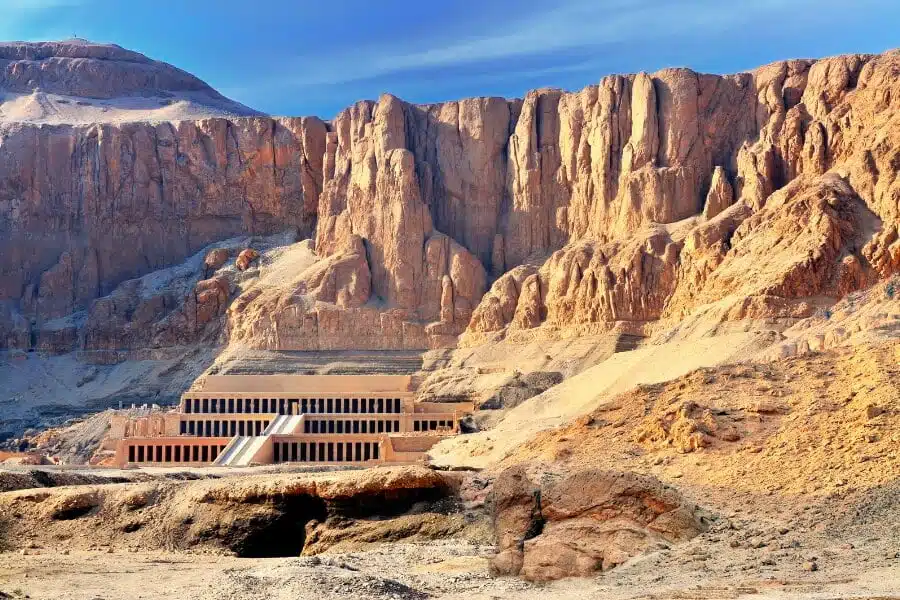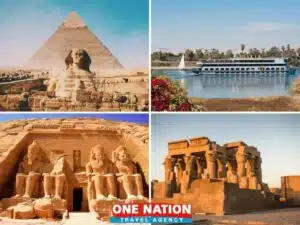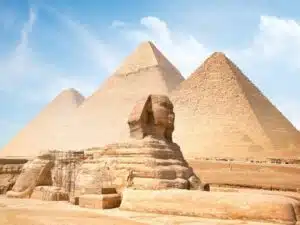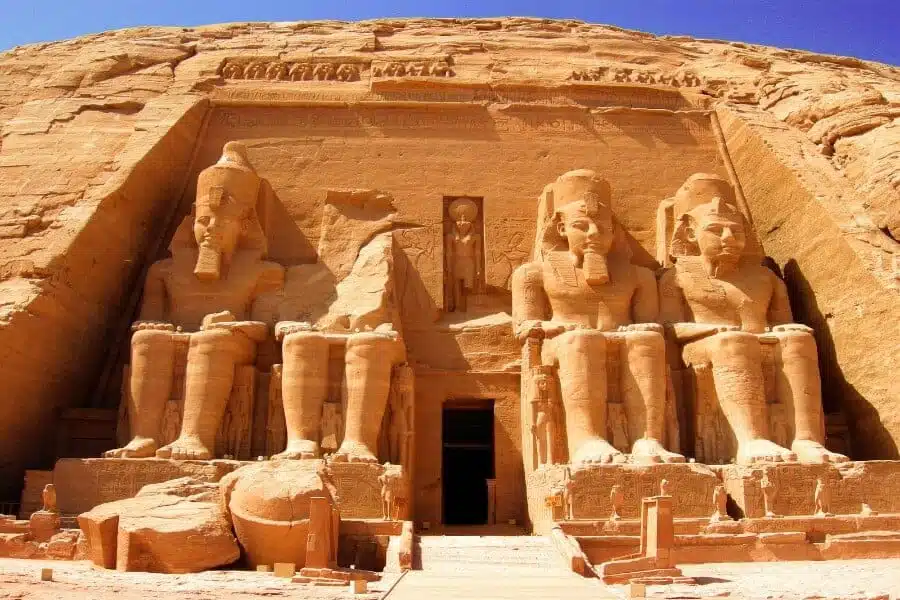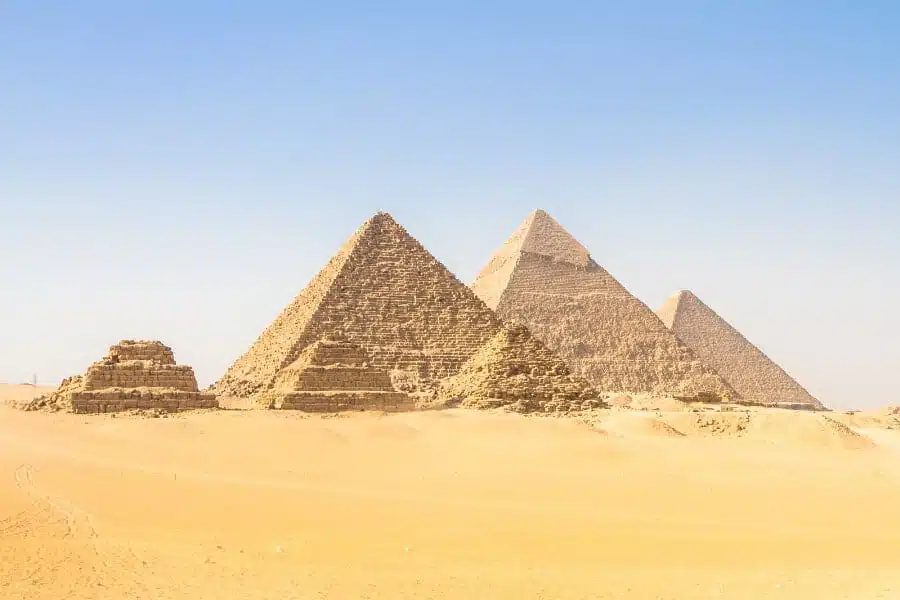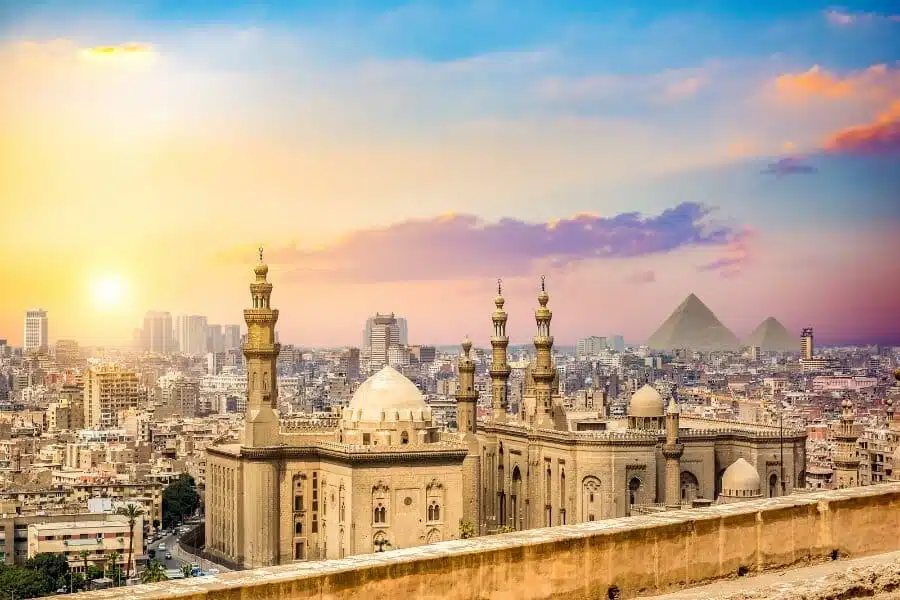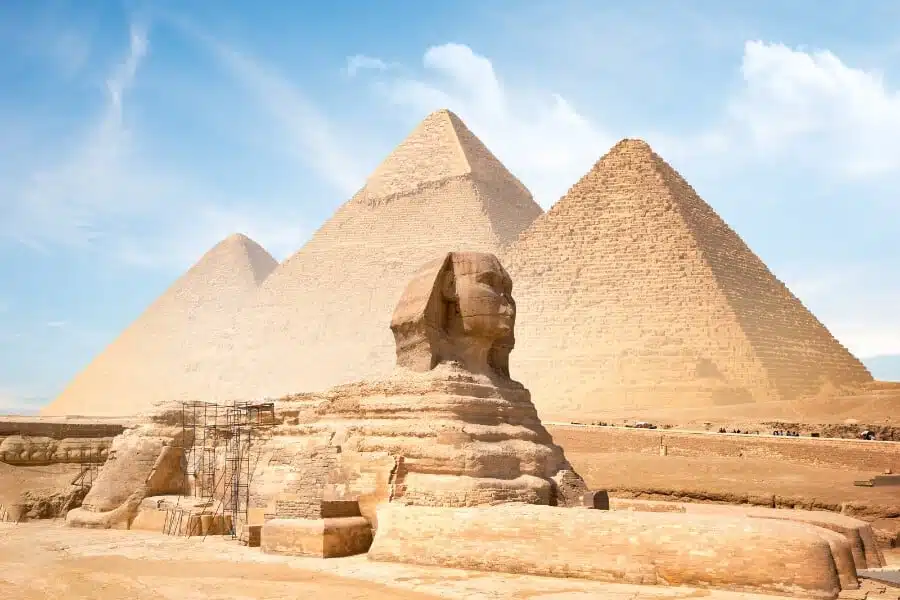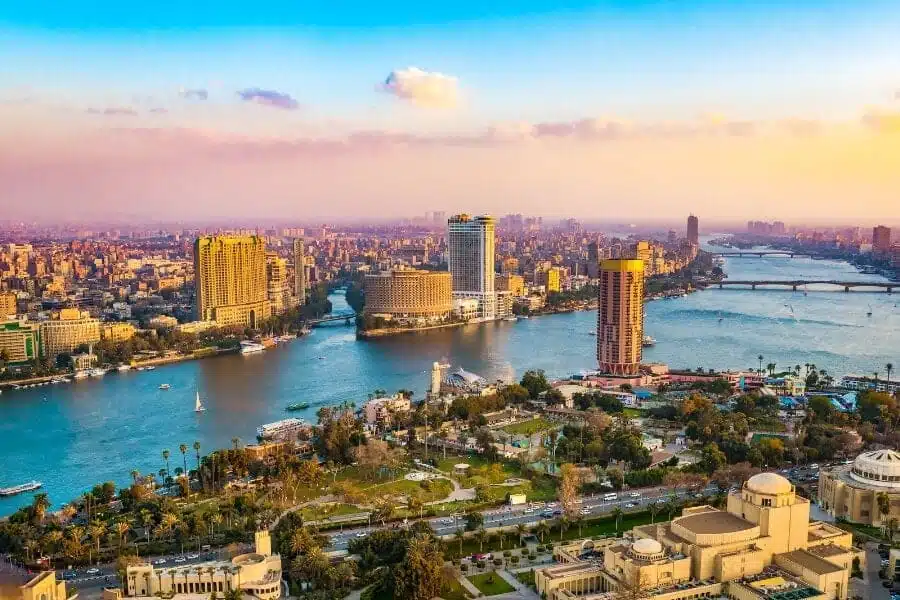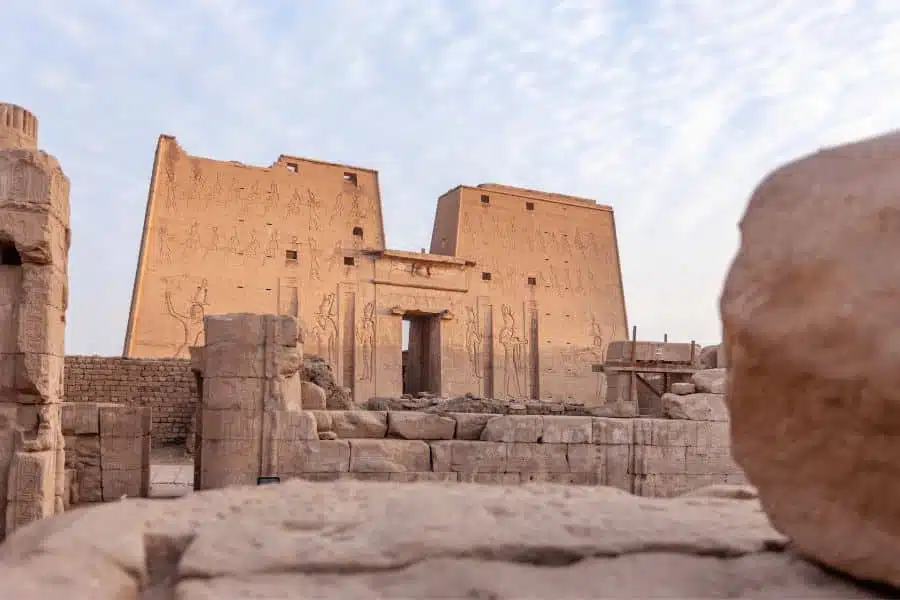Exploring the Timeless Wonders of Luxor, Egypt
Unveiling the Mysteries of Ancient Thebes: A Journey Through Luxor’s Majestic Monuments
Nestled on the banks of the Nile River, Luxor, often hailed as the “world’s greatest open-air museum,” stands as a testament to the grandeur of ancient Egypt’s civilization. This city, which was once the flourishing capital of Egypt during the New Kingdom, beckons travelers with its unparalleled historical treasures, from colossal temples to royal tombs, each telling a tale of yore that captivates the soul.
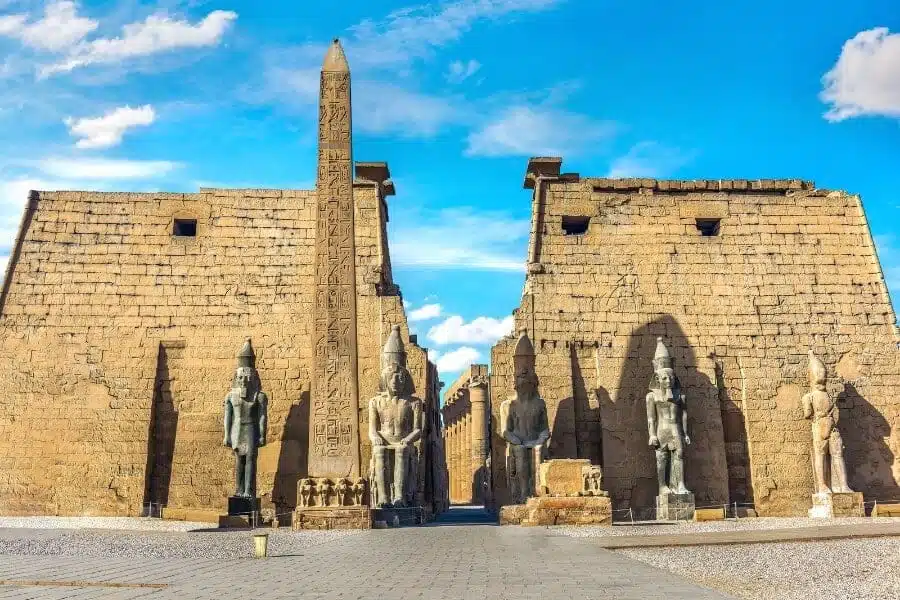
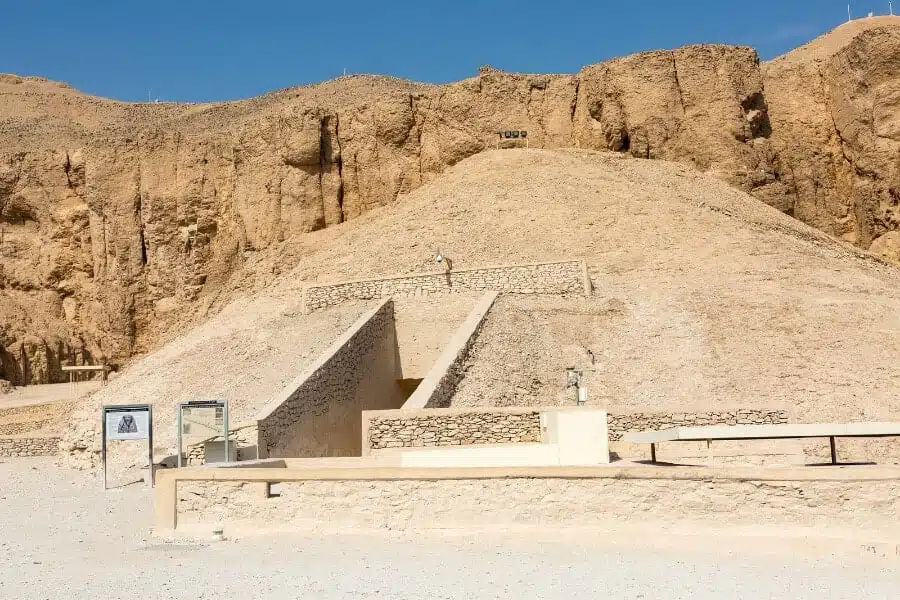
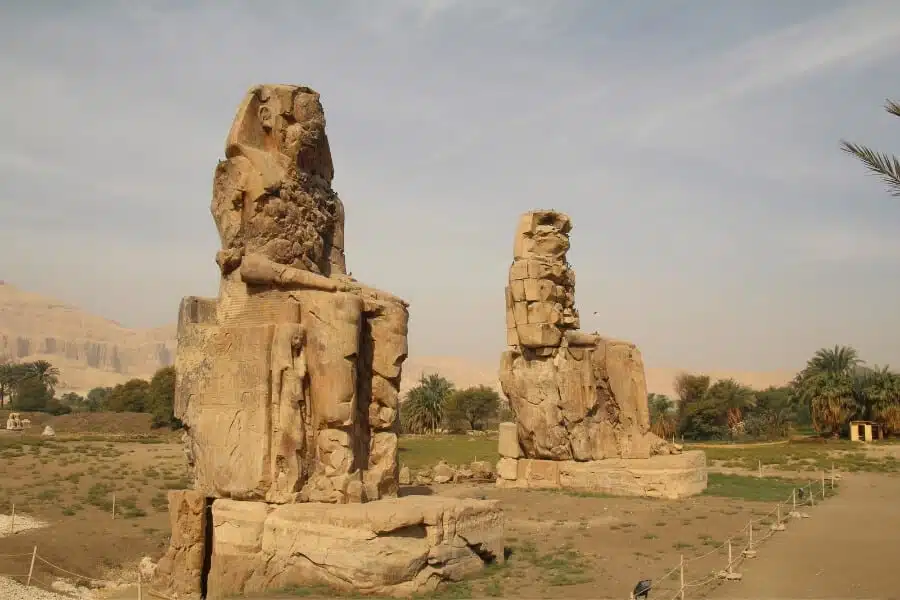
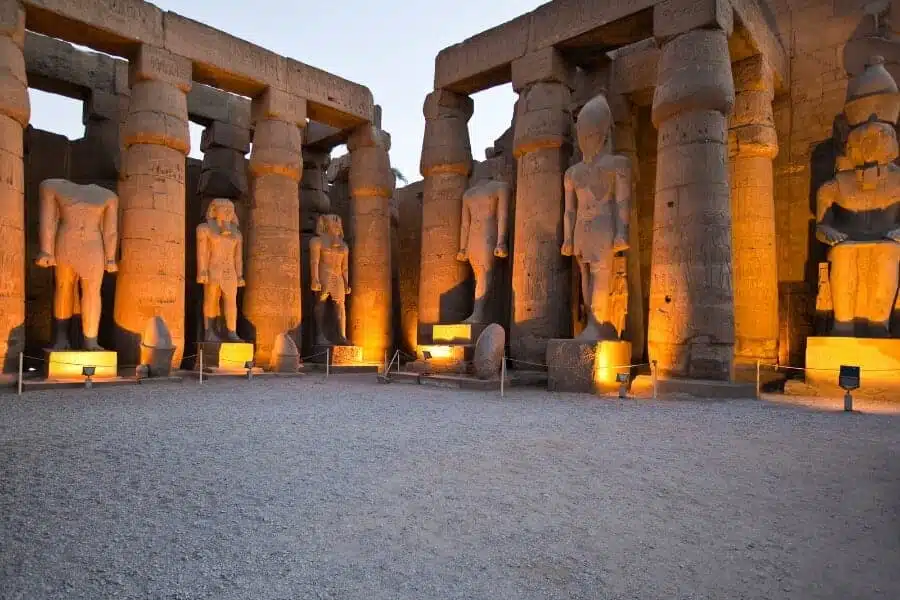
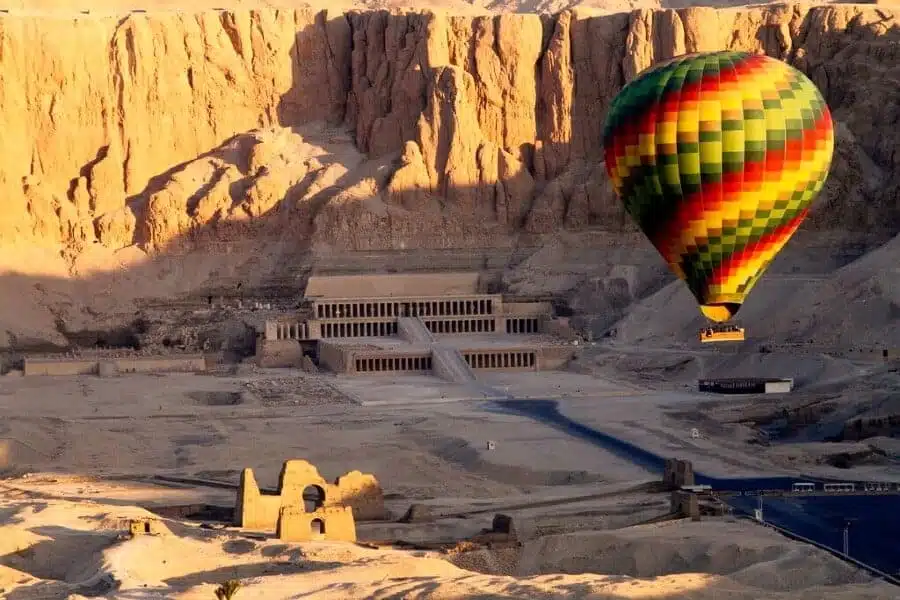
The Majestic Karnak: A Gateway to the Gods
As you step into the sprawling precincts of the Karnak Temple Complex, you’re walking through the heart of ancient Thebes. This vast area, dedicated to the Theban gods, showcases an impressive array of chapels, pylons, and obelisks. The Great Hypostyle Hall, with its towering columns inscribed with hieroglyphs, paints a vivid picture of the religious fervor and architectural prowess of the Pharaohs.
The Royal Necropolis: Valley of the Kings
A short journey from the city center takes you to the enigmatic Valley of the Kings. This burial ground of pharaohs like Tutankhamun and Ramses II is a labyrinth of underground tombs, adorned with intricate murals that narrate the journey to the afterlife. Exploring these tombs offers a glimpse into the beliefs, rituals, and artistic achievements of ancient Egyptians.
Luxor Temple: An Evening of Illumination
As dusk falls, the Luxor Temple transforms into a realm of golden light. This temple, connected to Karnak by the Avenue of Sphinxes, is a sight to behold when lit up at night. Its sanctuaries, obelisks, and statues of Ramses II stand as silent witnesses to millennia of history, making an evening visit a truly magical experience.
The Colossi of Memnon: Sentinels of the West Bank
Guarding the entrance to the necropolis, the Colossi of Memnon are two massive stone statues representing Amenhotep III. Despite the ravages of time, these towering figures continue to awe visitors with their solemn grandeur, serving as a prelude to the wonders that lie beyond in the West Bank.
A Journey Through Time: The Luxor Museum
For those keen on delving deeper into Luxor’s ancient heritage, the Luxor Museum offers a treasure trove of artifacts. This well-curated collection, ranging from statues to jewelry, provides context to the monuments outside, enriching your understanding of the city’s historical landscape.
Journey’s End: Luxor’s Eternal Allure
In Luxor, every stone and every path tells a story of opulence, spirituality, and the quest for eternity. This city, where the past and present coalesce, offers more than just a glimpse into ancient history; it provides a journey into the heart of human civilization itself. As you leave behind the towering obelisks and silent statues, you carry with you memories of a land where history is not just remembered but vividly alive.
FAQs about Luxor, Egypt
Q: What’s the best time to visit Luxor?
A: The ideal time to explore Luxor is from October to April, when the weather is cooler and more conducive to outdoor exploration.
Q: Are there any entry fees for the historical sites?
A: Yes, most archaeological sites in Luxor have entry fees. It’s advisable to check the latest prices and consider purchasing a pass for multiple sites.
Q: How can I get around Luxor?
A: Luxor is easily navigable by taxi, bicycle, or even horse-drawn carriage. For a more scenic route, consider a felucca ride on the Nile.
Q: What should I wear while visiting Luxor?
A: Opt for light, breathable clothing and comfortable footwear. Don’t forget to bring a hat, sunglasses, and sunscreen to protect against the sun.
Q: Can I take photos inside the tombs and temples?
A: Photography is allowed in most sites, but flash is prohibited inside the tombs to protect the ancient artwork. Some areas may require a separate photography ticket.
Top 3 Must-Have Egyptian Tour Adventures
-

 10-Day Wonders of Egypt & Cruise on NileFrom: €2,490.00
10-Day Wonders of Egypt & Cruise on NileFrom: €2,490.00 -

 8 Days Cairo, Alexandria and Nile Cruise TourFrom: €1,740.00
8 Days Cairo, Alexandria and Nile Cruise TourFrom: €1,740.00 -

 5 Days Cairo and Luxor TourFrom: €1,230.00
5 Days Cairo and Luxor TourFrom: €1,230.00

